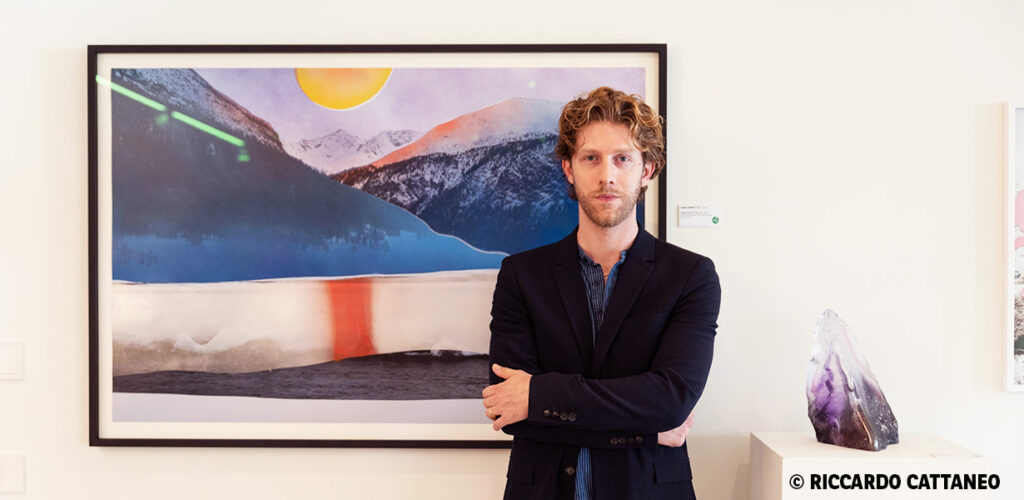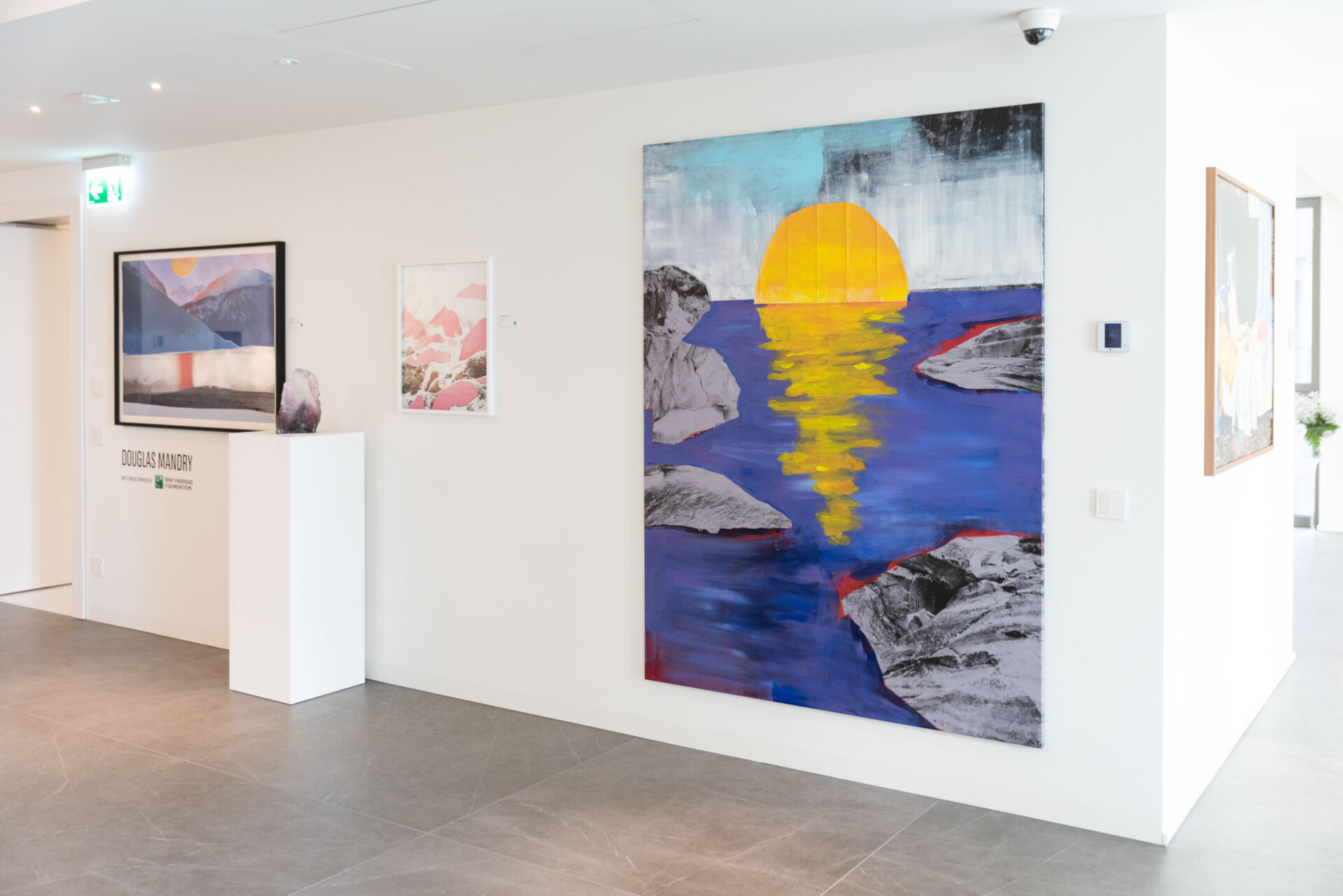The BNP Paribas Swiss Foundation enriches its collection with the work of Douglas Mandry
As part of its initiative to support the young Swiss artistic scene, the BNP Paribas Swiss Foundation is pleased to welcome a work by the young artist from Geneva Douglas Mandry into its collection.
A graduate of the Lausanne School of Art (ECAL), Douglas Mandry is among the most promising young talents in the Swiss art scene. His multidisciplinary work combines scientific methodology and artistic creativity through mediums such as photography and sculpture. In collaboration with experts and scientists, he explores questions about time, technology, and nature, using unique materials found during his travels to challenge our perception of the world.

The BNP Paribas Swiss Foundation’s collection, boasting around 600 works, incorporates both established 20th-century art and the young Swiss art scene. In line with the Group’s values, it focuses particularly on works that address environmental issues such as climate change. Douglas Mandry’s creative approach is therefore fully aligned with the spirit and core values of the Foundation, once again demonstrating its commitment to the young Swiss artistic scene.
Discover Douglas Mandry’s creative universe and projects in his interview below.

Can you describe the sources of inspiration for your artistic approach?
My work is primarily a deep investigation on multiple levels, mainly focusing on our relationship with Nature in the current era. I approach the subject in a transcendental way, assisted by various mediums (photography, painting, sculpture…) and in collaboration with experts, scientists, and sometimes even Nature itself. Art allows me to crystallize associations of ideas in a tangible way.
Environmental concerns take up a large space in your work; what role do you think artists can play in this collective awareness?
Art has the power to affect our consciousness of the world in various ways—cognitive, sensory. Through creation, we can reconsider the reality as we know it, and propose alternatives in a collective dimension. It’s not just about conveying a message, but an experience. We are living in a pivotal, changing period, which needs to redefine our relationship to Earth and where we finally realize that it will be a collective effort. For me, one of the responsibilities of the artist is to reflect the period in which they live, each in their own way.
What is your relationship to material (wood, canvas, paper), and how do you integrate it into your approach?
Materials define our relationship to energy, from the beginning of time. Each material carries its own history, connotation, whether it is ancient, natural, or man-made. It was the stone that led to fire, which led to propulsion, etc. Our history, but also our future, is therefore interdependent on our relationship to materials. I like working with materials related to fire (glass, charcoal…) because, while they are integral to modernity as we understand it today, their usage dates back several thousand years. Materials are vectors of humanity, and it seems essential to me to include them in my work.
What project are you currently working on?
One of my projects involves reactivating a significant set of photographic archives from the early 20th century, to which I’ve been granted access for my project. I can’t talk too much about it yet, but I intend to develop questions about preservation and time, by merging photography and chemical reactions.
© Riccardo Cattaneo